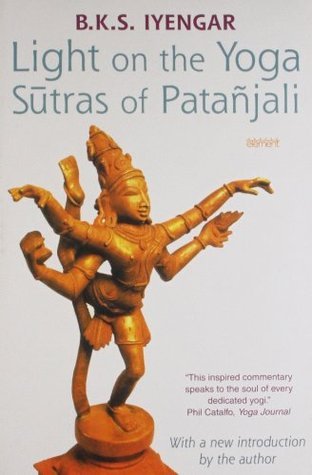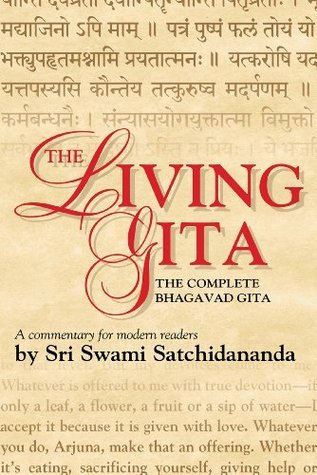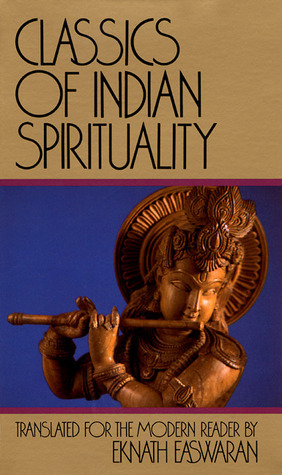
Light on the Yoga Sutras of Patanjali
Book Description
Unlock the ancient wisdom that can reshape your reality. In 'Light on the Yoga Sutras of Patanjali,' B.K.S. Iyengar illuminates the profound connections between mind, body, and spirit, revealing practical insights into achieving a balanced life. Each sutra unfolds as a roadmap to inner peace and enlightenment, guiding practitioners through the transformative power of yoga. With vivid illustrations and powerful commentary, this masterpiece invites seekers to transcend their limitations, break free from chaos, and discover their true essence. Are you ready to embark on a journey that could change everything you thought you knew about yourself?
Quick Book Summary
"Light on the Yoga Sutras of Patanjali" by B.K.S. Iyengar is a profound commentary on the classic text that forms the core of yoga philosophy. Iyengar explores each of the 196 sutras, unraveling their layers of meaning and practical application for modern seekers. The book serves as both an introduction and a deep exploration into yoga, highlighting the union of body, mind, and spirit through clarity, discipline, and awareness. Emphasizing Patanjali’s eightfold path, Iyengar provides insights, examples, and practices for living with integrity, focus, and inner peace. The book is both scholarly and accessible, providing translations, explanations, and practical commentary on how yoga’s timeless wisdom can be applied to everyday life for profound transformation and self-realization.
Summary of Key Ideas
Table of Contents
Understanding the Nature of the Mind
Iyengar begins by elucidating the definition and purpose of yoga as described in Patanjali’s sutras. Yoga is posited as the cessation of fluctuations within the mind—a state where consciousness is steady and unperturbed. He emphasizes that the mind’s tendencies and distractions are the root of suffering, and through yoga, one can cultivate focus and tranquility. This foundational understanding establishes yoga not merely as a physical discipline, but as a holistic path that integrates ethics, concentration, and self-understanding.
The Eightfold Path of Yoga (Ashtanga Yoga)
Central to Iyengar’s commentary is the explanation of Ashtanga Yoga—the eightfold path introduced by Patanjali. These are yama (moral restraints), niyama (personal observances), asana (postures), pranayama (breath control), pratyahara (withdrawal of the senses), dharana (concentration), dhyana (meditation), and samadhi (absorption or enlightenment). Iyengar details each limb with practical advice, stressing that progress in yoga is gradual and requires dedicated self-effort. The eight limbs function synergistically, guiding practitioners from ethical conduct to the deepest meditative states.
Discipline, Practice, and Detachment
Discipline and letting go are recurring themes in Iyengar’s interpretation. He explains that steady practice (abhyasa) combined with non-attachment (vairagya) forms the cornerstone of spiritual progress. Regular, sincere effort creates stability and clarity, while detachment from the results shields the practitioner from disappointment and ego-centric pitfalls. Iyengar offers relatable examples and modern analogies, making these ancient concepts accessible and tangible for contemporary readers.
Cultivating Inner Awareness and Clarity
The cultivation of inner awareness and clarity is another significant focus. Iyengar describes how the practice of yoga awakens the intuition and allows for deeper self-observation. As the mind becomes quieter and more discerning, the practitioner can see through delusions, fears, and attachments that obscure true understanding. Iyengar’s practical guidance helps readers integrate mindfulness into daily activities, fostering a state of ongoing contemplative awareness.
The Journey Toward Self-Realization and Liberation
Ultimately, the book charts the journey towards self-realization and liberation (kaivalya). Iyengar underscores that the ultimate goal of yoga is not physical prowess but inner freedom—a state where the practitioner has transcended the limitations of the ego and realized their true nature. Through devotion, discipline, and the transformative wisdom of the sutras, Iyengar encourages readers to embark on their own journey toward peace, wisdom, and unity with the infinite.
Download This Summary
Get a free PDF of this summary instantly — no email required.





